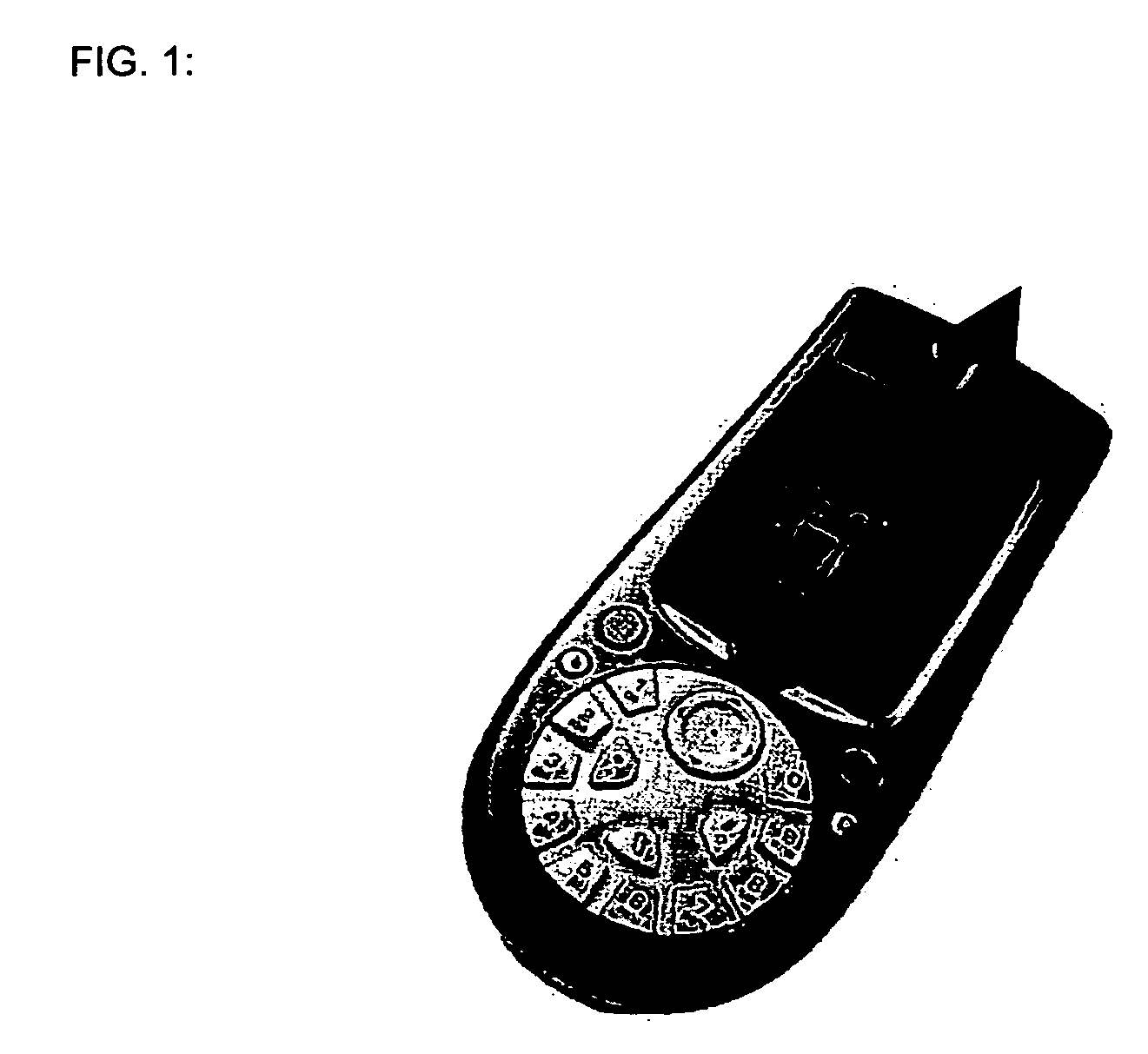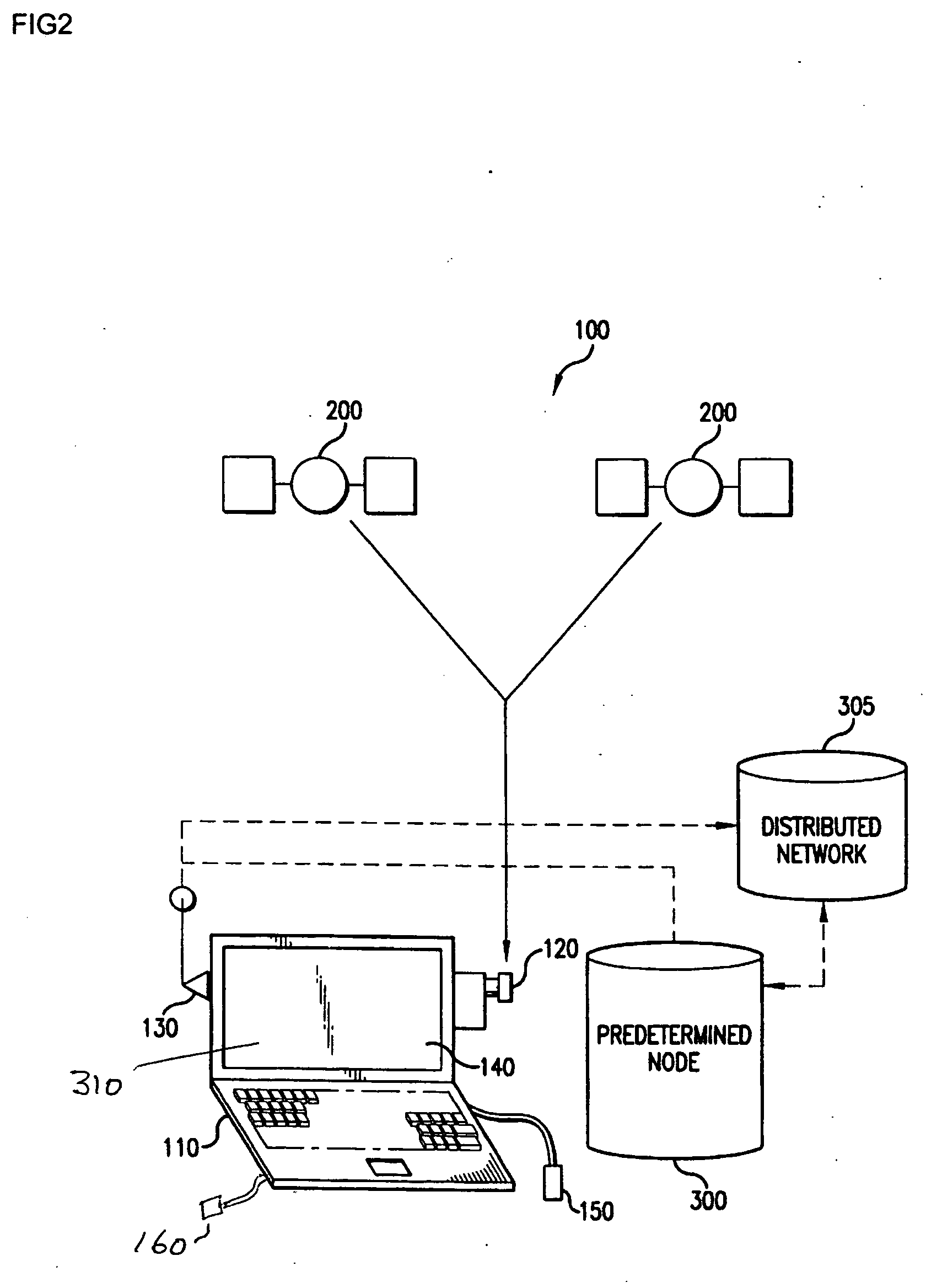Method and apparatus for accessing spatially associated information
a technology of spatial association and information, applied in the field of information stored and accessed, can solve the problems of not being useful in fine identification of objects, document information is not very informative, and printed information is generally not kept up to date, so as to facilitate manipulation of various functions, easy to aim, easy to aim
- Summary
- Abstract
- Description
- Claims
- Application Information
AI Technical Summary
Benefits of technology
Problems solved by technology
Method used
Image
Examples
Embodiment Construction
[0041] The following description is not to be taken in a limiting sense, but is made merely for the purpose of describing the general principles of exemplary embodiments. The scope of the invention should be determined with reference to the claims.
Overview
[0042] The current invention in various embodiments enables a user to access information associated with a distant spatial location (or range of locations) by pointing a handheld computing device at that distant location (or range of locations). Various embodiments employ a portable computing device interfaced with a positioning system such as the Navstar Global Positioning System (GPS) in combination with a distributed network, such as the Internet, to provide real-time location specific information to a user. Such embodiments include a wireless transceiver for communicating to the distributed network. The GPS sensor generates a coordinate entry that relates to the then current location of the portable computing device. A uniqu...
PUM
 Login to View More
Login to View More Abstract
Description
Claims
Application Information
 Login to View More
Login to View More - R&D
- Intellectual Property
- Life Sciences
- Materials
- Tech Scout
- Unparalleled Data Quality
- Higher Quality Content
- 60% Fewer Hallucinations
Browse by: Latest US Patents, China's latest patents, Technical Efficacy Thesaurus, Application Domain, Technology Topic, Popular Technical Reports.
© 2025 PatSnap. All rights reserved.Legal|Privacy policy|Modern Slavery Act Transparency Statement|Sitemap|About US| Contact US: help@patsnap.com



